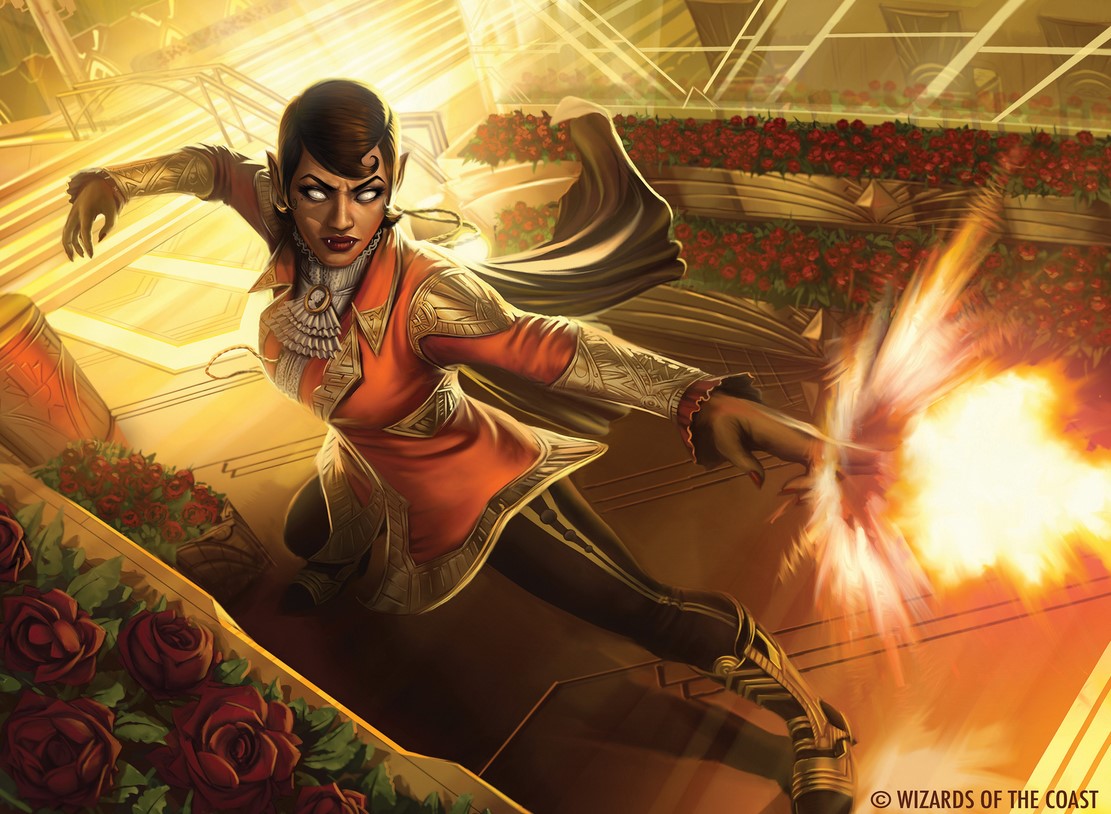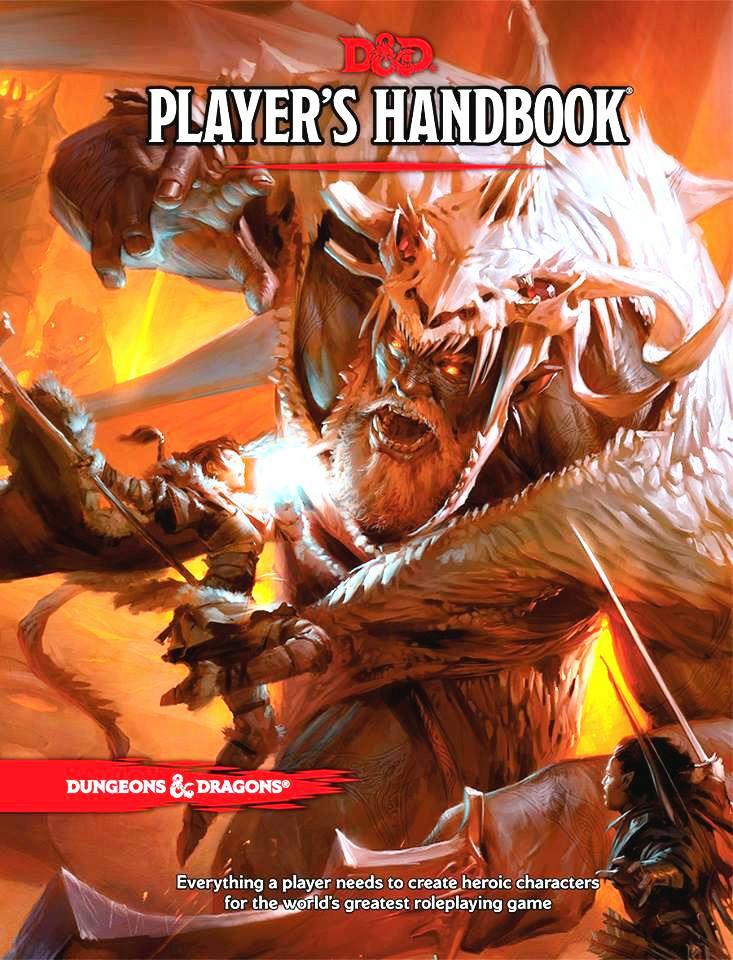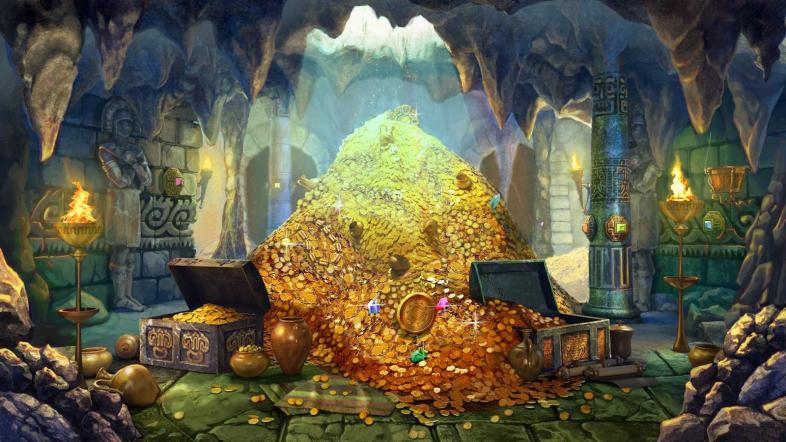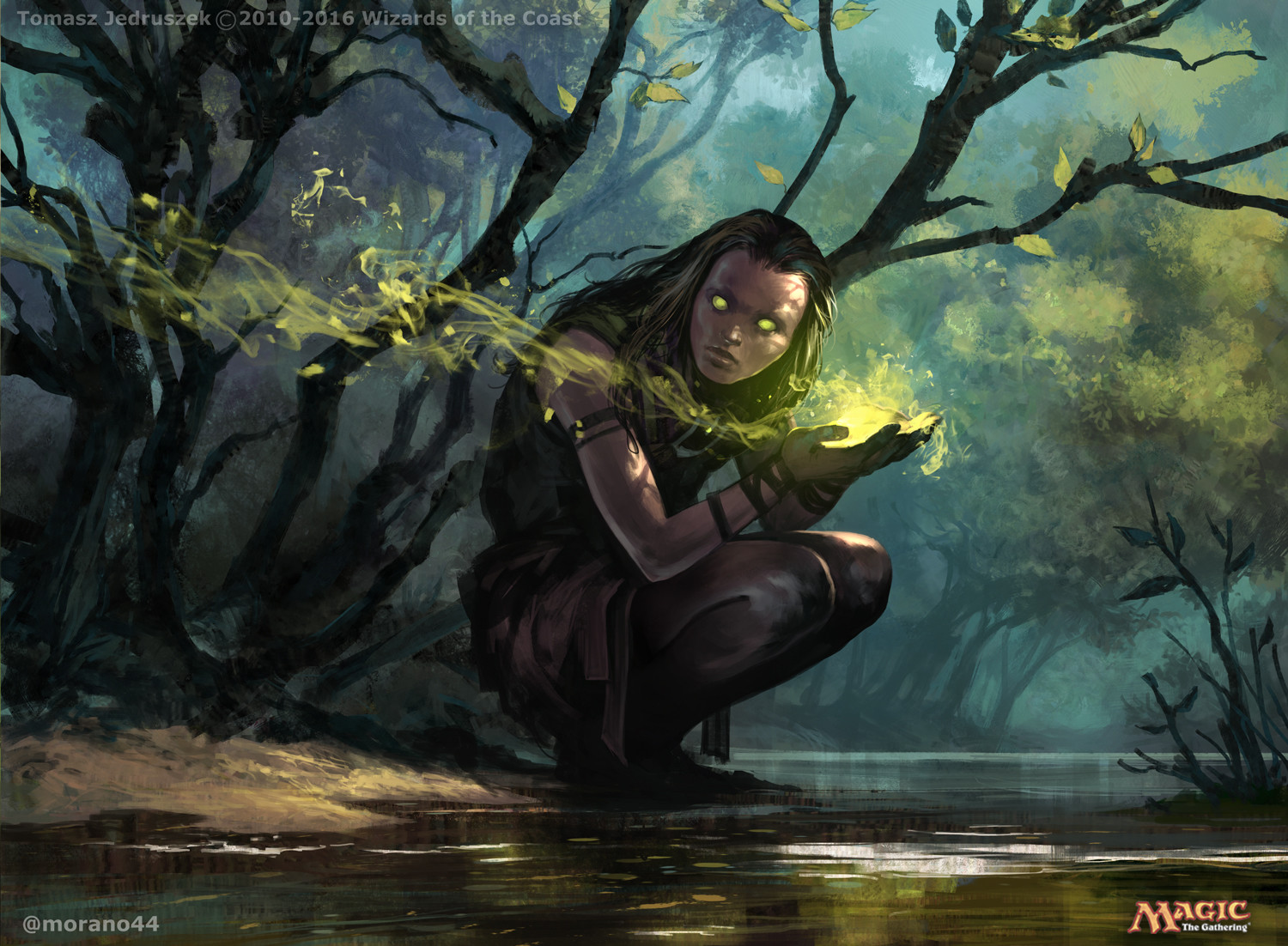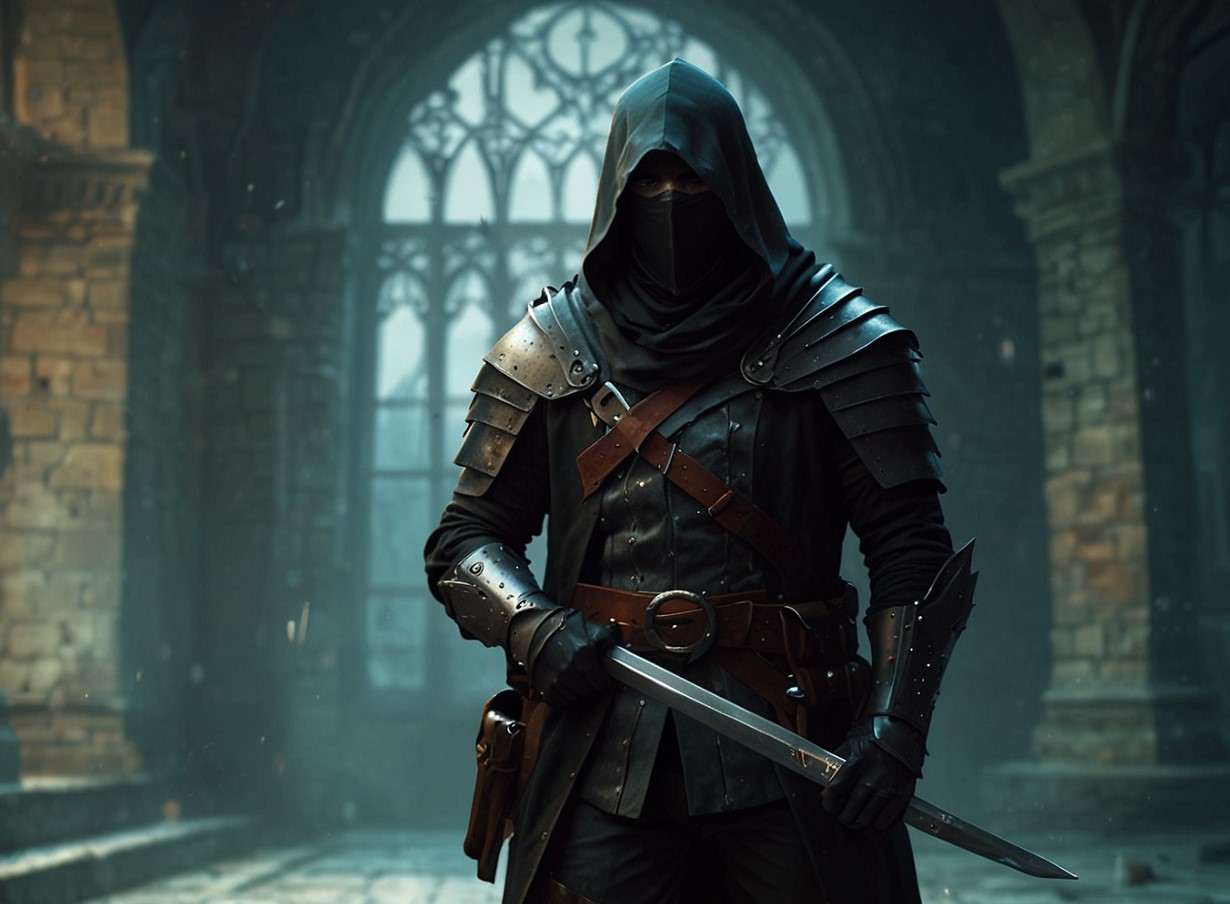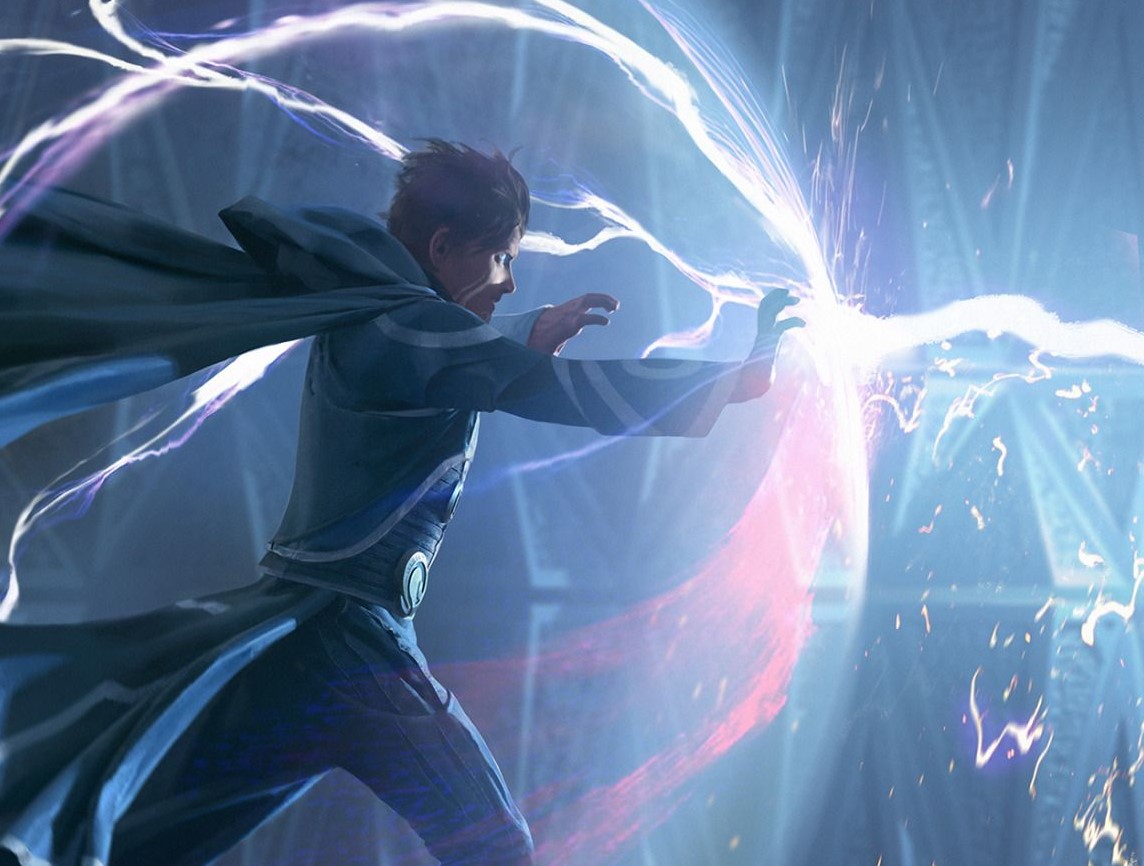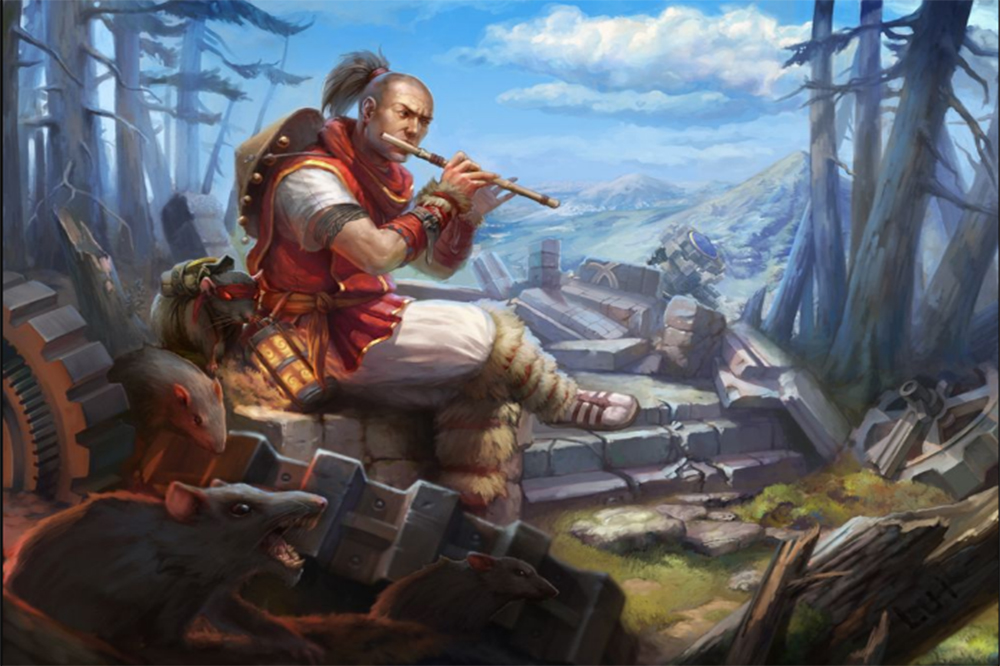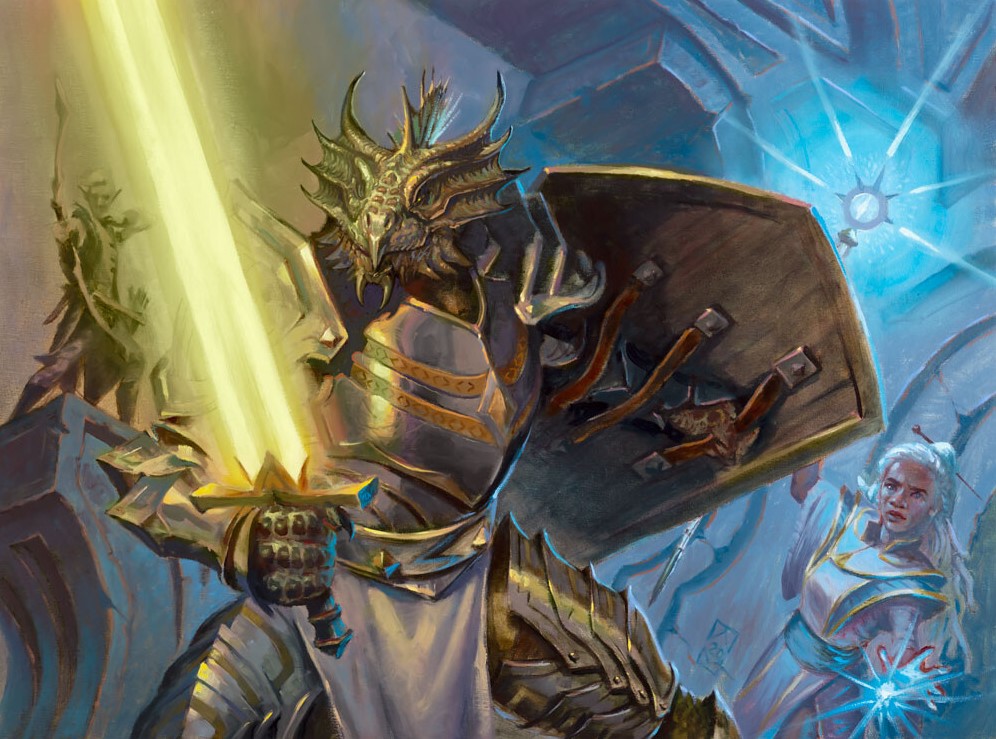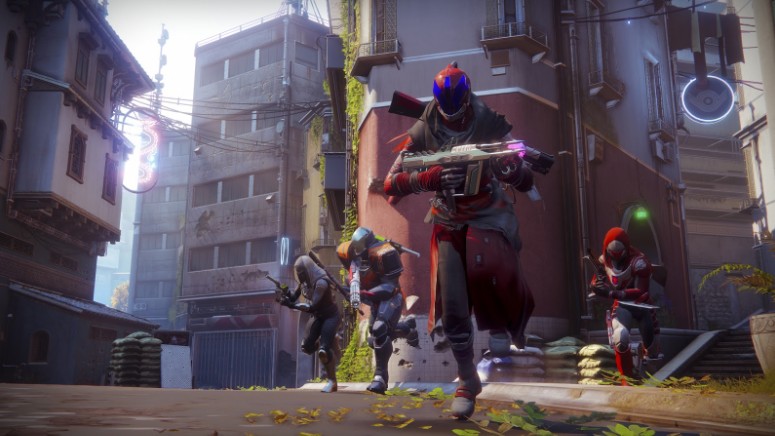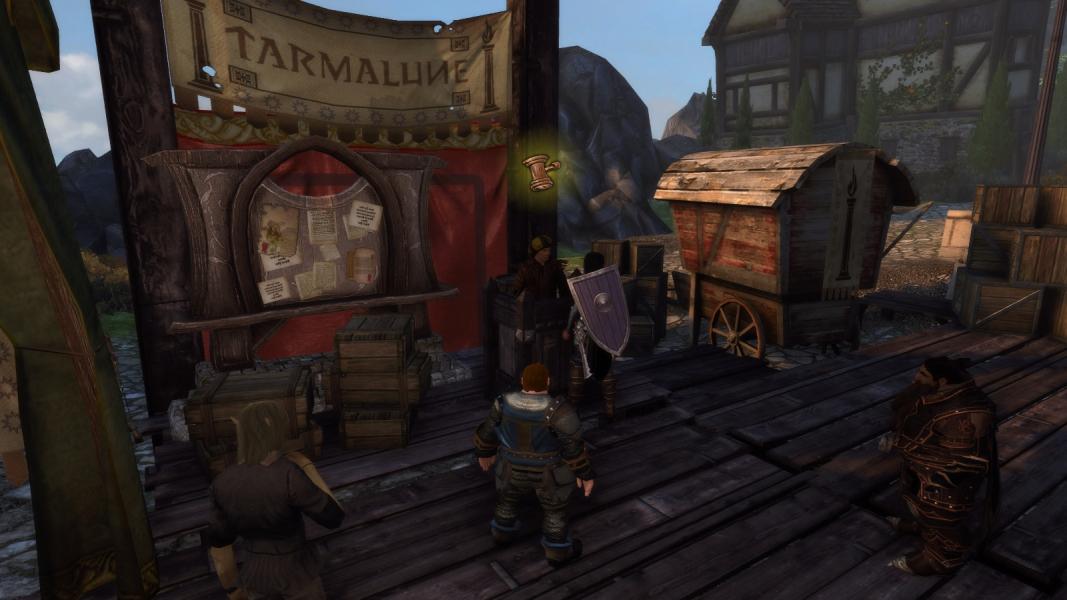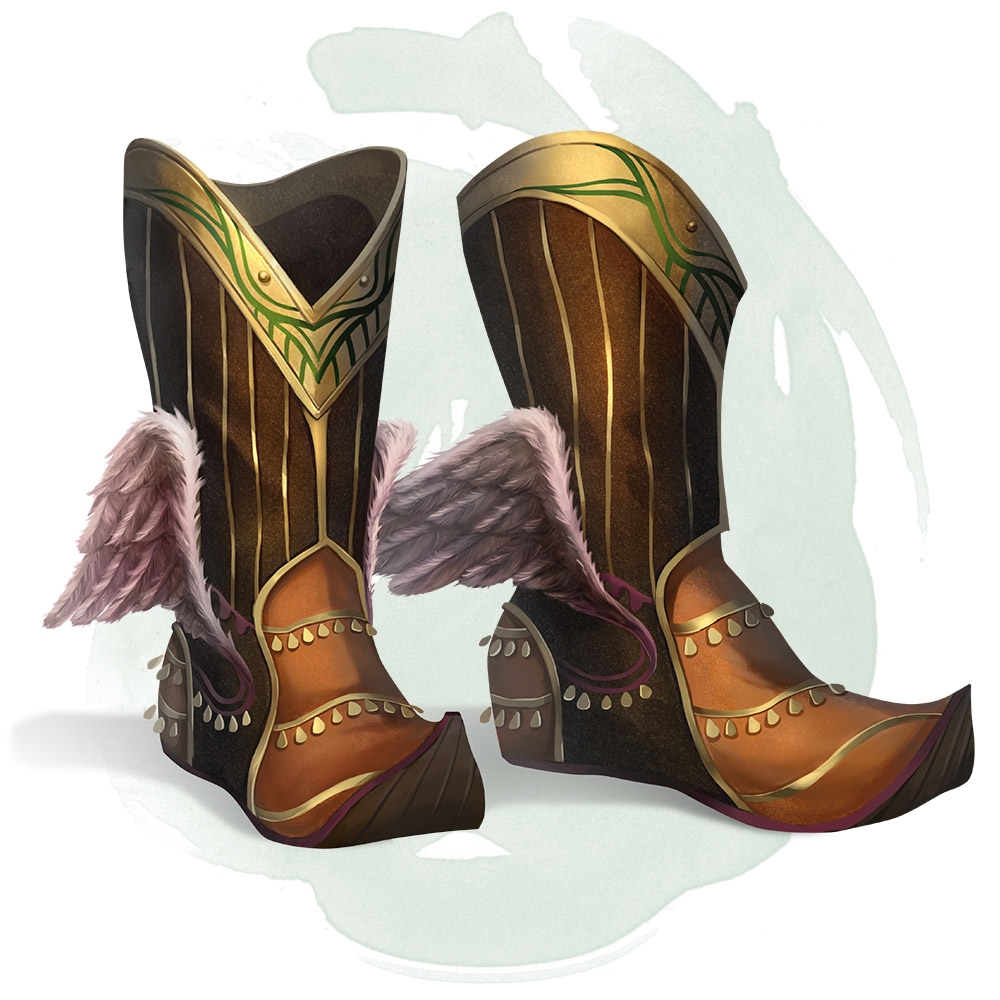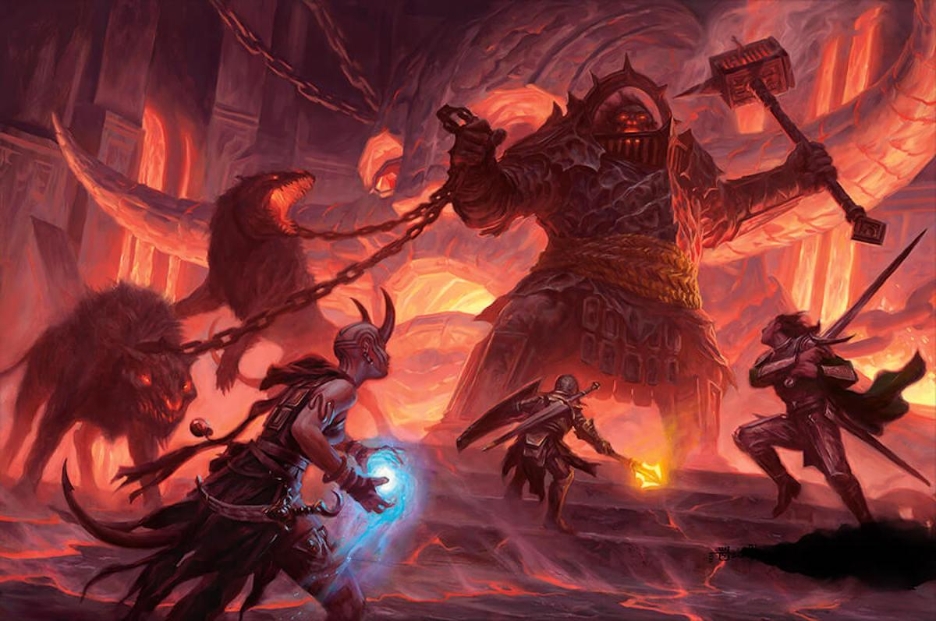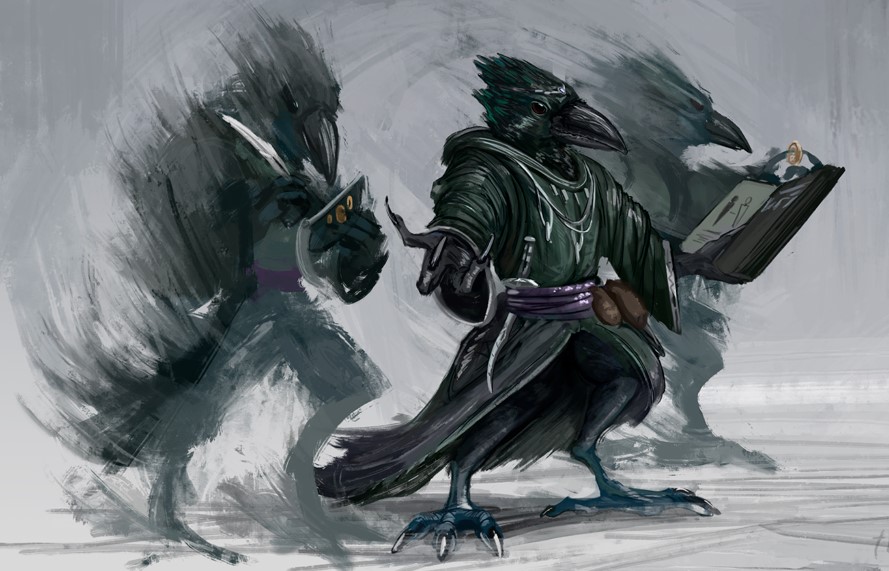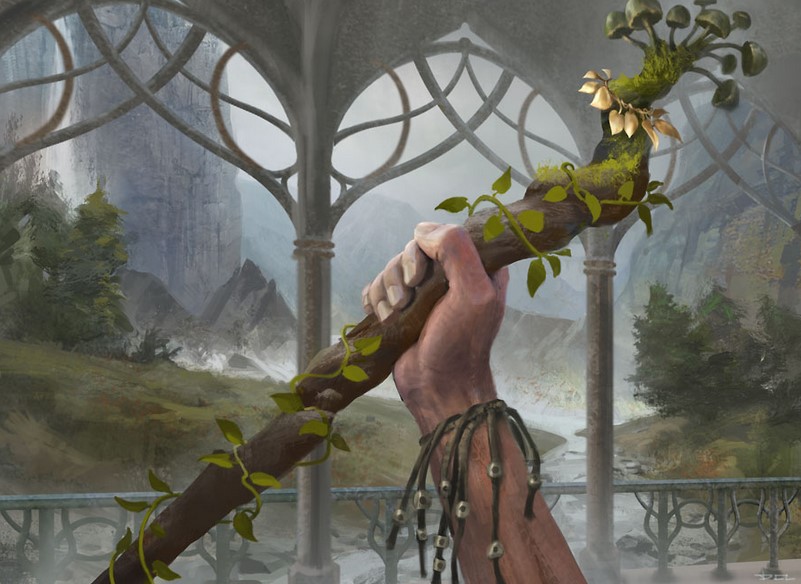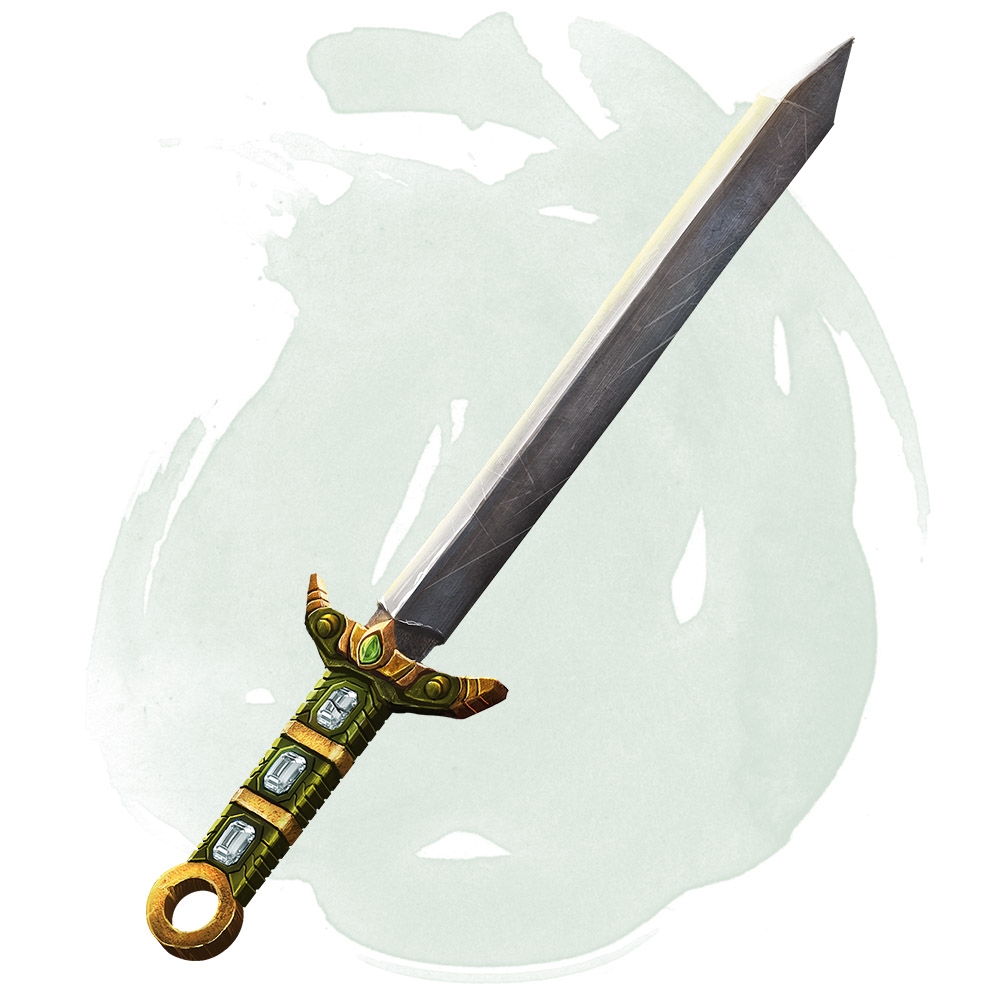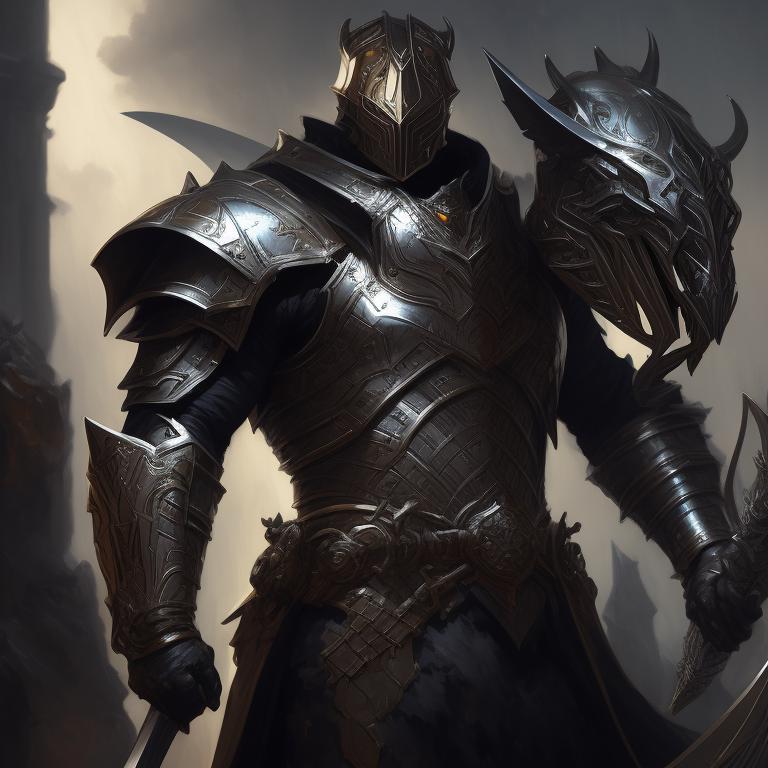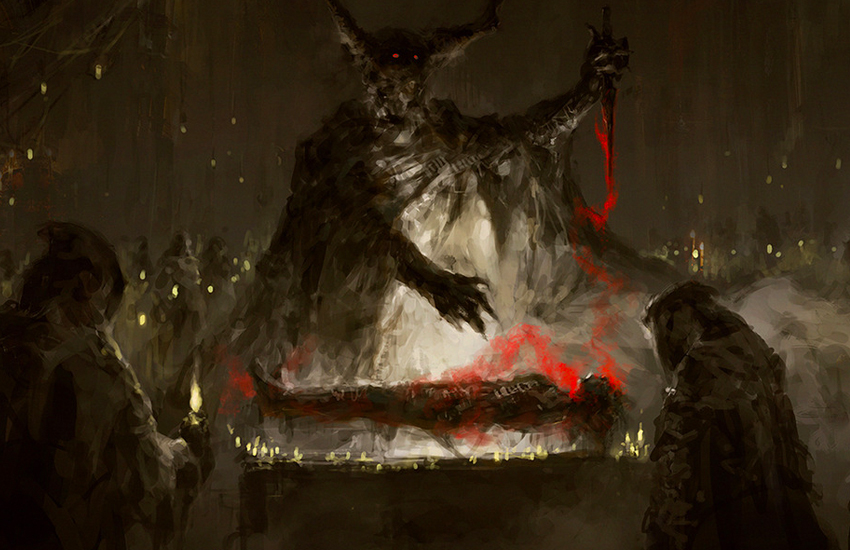
"No ordinary priest, a cleric is imbued with divine magic." - Player's Handbook
Cleric is usually the secondary class when multiclassing. Rather than putting the majority of their level investment in cleric, people usually prefer to dip into it for only a few levels.
This is because just a few levels in cleric gets you a lot of extra features and abilities. Domain features and bonus proficiencies are immediately available at level one, and you get Channel Divinity at level two. Their flexible style of spellcasting is a major bonus too.
But while they offer a lot as a secondary class, clerics don’t actually benefit much from dipping into others.
That said, there are definitely viable and fun multiclass builds possible if you want cleric as your core class! This article is here to help you consider the best options with all of their associated benefits and drawbacks.
5. Cleric/Bard

A cleric/bard is a devout musician spreading their gospel through the power of song and story. This is the ultimate support player with a variety of skills and expertise, healing spells, and buffing abilities.
While the cleric/bard has support utility and roleplaying potential, it isn't the most optimized by a long shot. One specific problem is that the two classes' ability scores are in conflict with each other, as clerics use Wisdom to cast their spells and bards use Charisma.
The best version of this multiclass would be a Knowledge Domain cleric with a College of Lore bard.
Why Cleric/Bard Is Great
- Combining the features, spells, and abilities of these two classes creates a powerful support cleric.
- As the bard is a full spellcasting class, you continue to advance your spellcasting and retain all your potential spell slots
- You get access to some unique bard spells like Dissonant Whispers and Vicious Mockery.
- Bard gives access to Jack of All Trades, which lets you add half your proficiency bonus to any ability check you make that doesn't already include it.
- You also get Bardic Inspiration and Cutting Words. Bardic Inspiration is a buff that lets you give a teammate one of your bardic inspiration die to add to one of their rolls, and Cutting Words is a debuff that lets you subtract one of your Bardic Inspiration die from one of your enemies Attack rolls, ability checks, or a damage rolls.
4. Cleric/Druid

This is essentially a shaman whose divine power is directly connected to the ancient and holy forces of nature.
Clerics and druids are easy to multiclass together because they both use Wisdom as their primary spellcasting modifier. You can dip into druid without losing out on spell slot advancement and certain druid spells work surprisingly well with cleric abilities.
There is a significant downside, however, which is that druids can’t wear metal armor or use metal shields.
Why Cleric/Druid Is Great
- Both clerics and druids prepare their spells, instead of having to commit to learning them. This means you have a huge pool of spells that you can immediately make use of from both classes.
- Druids also have some great unique spells like Entangle and Moonbeam. Shillelagh is a nice enhancement for melee attacks, though it could also be accessed through the Nature Domain.
- Clerics don’t benefit from the druid's Wildshape as much as some of the other classes, but it still adds utility and has versatile applications.
- The biggest boon to this combination is the Disciple of Life feature from the Life Domain combined with the druid’s Goodberry and Healing Spirit. All of your healing abilities and spells are powerfully enhanced by Disciple of Life, and the first level Goodberry ends up restoring a whopping 40 hit points.
3. Cleric/Sorcerer

Even just a single level dip into sorcerer can be worthwhile, especially with the early benefits associated with various sorcerer origins.
Divine Soul is probably the most synergetic with the cleric class, though a Tempest Domain cleric with some levels as a Storm sorcerer is also relatively common.
The drawback here is that the cleric and sorcerer use different ability scores for spellcasting, and needing high scores in both Wisdom and Charisma could spread your cleric a little thin.
Why Cleric/Sorcerer Is Great
- Since it’s a full spellcasting class, you can take levels in sorcerer without losing any advancement of spells or spell slots.
- One level of sorcerer gives the Shield spell, which is a super useful defensive option for clerics.
- If you choose the Divine Soul origin, you also get the first level ability Favored By The Gods. If you fail a saving throw or miss with an attack roll, you can roll 2d4 and add it to the total, possibly changing the outcome.
- If you decide to go beyond a single level, your cleric can capitalize on metamagic. It’s a great way to boost versatility for any spellcaster, and there are quite a few cleric spells that benefit greatly from metamagic like Heightened Spell, Extended Spell, or Twinned Spell. Quickened Spell and Distant Spell can save a life when used with healing spells.
- Sorcerer gives you access to a whole new litany of spells, including ones that inflict higher amounts of damage when compared to the cleric's typical damage output. You might get a chance to pick up the legendary Fireball.
2. Cleric/Ranger

The ranger is considered one of the more underpowered classes in Dungeons and Dragons 5th edition, but they actually have a lot to offer when combined with a core cleric class.
Both use Wisdom as their primary ability score. While the ranger isn’t a full spellcasting class, it still largely maintains your spellcasting progression as you level up and the two classes actually have great spell synergy.
In terms of roleplaying, this character could be a lone nature-worshipping priest living isolated in the wilderness, the last member of a forgotten religion, or a holy hermit who shuns civilized society.
Why Cleric/Ranger Is Great
- You get the Favored Enemy feature, which works well with the stereotypical cleric who might have a strong dislike or even hatred of undeads and fiends. You also get Natural Explorer, which gives you a bunch of bonuses while traveling through your chosen Favored Terrain.
- Rangers have the Hunter’s Mark spell, which can end up inflicting a lot of bonus damage when cast with higher-level cleric spell slots.
- This multiclass is also the easiest route for the cleric to gain an extra attack, which you get with five levels in ranger.
- Gloomstalker is a great ranger subclass that gives worthwhile abilities for any build, but especially a class that is Wisdom-based. Dread Ambusher gives your initiative rolls a bonus equal to your Wisdom modifier, increases your walking speed by 10 feet during your first turn, and lets you make an additional attack that inflicts an extra 1d8 of damage.
- There’s also Umbral Sight, which either gives or enhances darkvision and grants you invisibility while in darkness.
- This combination also has access to the same superpowered healing abilities as the cleric/druid subclass. If you choose the Life Domain, you get Disciple of Life which makes all of your healing spells more effective. This means more powerful versions of Goodberry and Healing Spirit.
1. Cleric/Paladin

Clerics and paladins are both defined by their devotion to a specific deity or spiritual ideal, with the cleric traditionally portrayed as a pious and peaceful healer and the paladin as a powerful holy warrior.
While most clerics tend to avoid the frontline, this multiclass is an effective way of achieving a more martial cleric that combines the hit points and combat abilities of the paladin with the versatility of the cleric spell list and their higher number of spell slots. If you are looking for a tougher, more martial cleric then this is the best option.
There is one issue with this multiclass. There’s conflict between the classes primary ability scores, as cleric is Wisdom-dependent while dipping into paladin requires a score of 13 in both Strength and Charisma.
Why Cleric/Paladin Is Great
- Two levels in paladin lets you pick a Fighting Style, any of which gives a bonus to your combat abilities.
- Divine Sense is a level one paladin class feature that lets you detect the presence of any Celestial, Fiend, or Undead within 6o feet. You can use this in combination with the cleric’s Turn Undead ability, which compels undead creatures to move as far away from your party as possible and limits their action to dashing or attempting to escape an effect that is preventing it from moving.
- The paladin’s Lay On Hands ability is an additional avenue to healing yourself or party members that doesn’t require the use of a spell slot.
- One of the biggest appeals of this multiclass is the use of the paladin's Divine Smite with the cleric's more numerous spell slots. Additionally, it scales with the level of the spell slot you use to cast it, not with your paladin level.
- You gain an extra attack at level five, if you commit to gaining more levels in paladin at the risk of losing out on higher level cleric abilities and spells.

